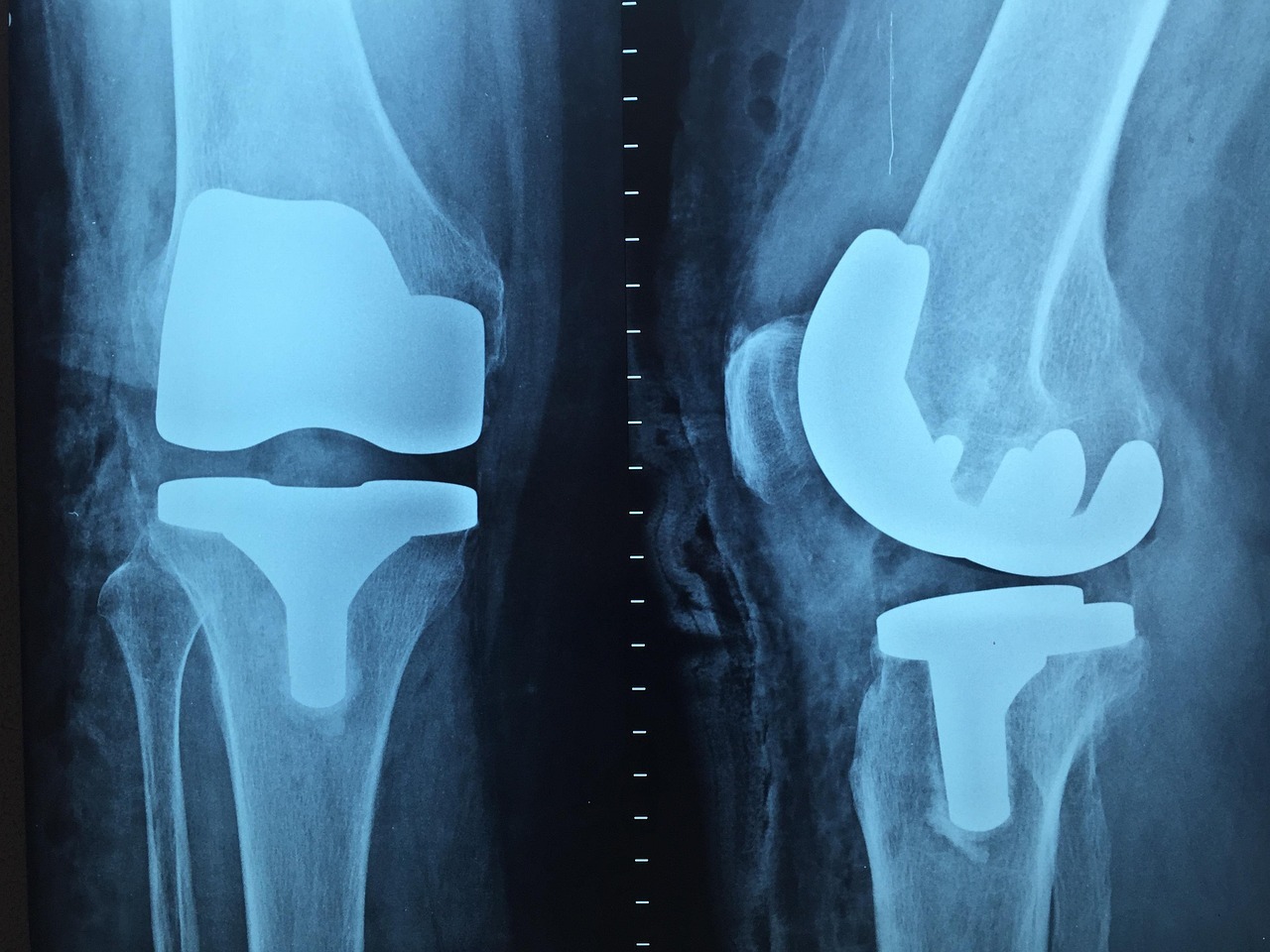Orthopedic Device Industry Consolidation
Combining company assets
Consolidation in the Implantable Orthopedics Industry: A Historical Perspective
Early Growth and Initial Consolidation (Pre-2000s)
The orthopedic implant industry experienced significant growth in the late 20th century, driven by advancements in medical technology and an aging population. During this period, several companies expanded their portfolios through strategic acquisitions:
- Stryker Corporation entered the orthopedic implant market by acquiring Osteonics Corporation in 1979.
- Zimmer Holdings was spun off from Bristol-Myers Squibb in 2001, establishing itself as an independent entity focused on orthopedic solutions.
Major Mergers and Acquisitions (2000s–2010s)
The early 21st century saw a wave of significant mergers and acquisitions, reshaping the industry’s landscape:
- Stryker Corporation acquired Howmedica, the orthopedic division of Pfizer, in 1998 for $1.65 billion, enhancing its global presence.
- Johnson & Johnson purchased DePuy in 1998 and later acquired Synthes in 2012 for $19.7 billion, consolidating its position in the orthopedic market.
- Zimmer Holdings acquired Biomet in 2015 for $13.4 billion, forming Zimmer Biomet, one of the largest orthopedic device companies globally.
- Stryker Corporation continued its expansion by acquiring MAKO Surgical Corp. in 2013 for $1.65 billion, entering the robotic-assisted surgery market.
Market Concentration and Dominance
By the mid-2010s, the orthopedic implant market became highly concentrated:
- The top five companies—Stryker, Zimmer Biomet, DePuy Synthes (Johnson & Johnson), Smith & Nephew, and Medtronic—controlled a significant share of the global market.
- In hip and knee reconstruction, these companies accounted for approximately 90% of sales.
Recent Trends and Private Equity Involvement (2020s)
The 2020s have seen continued consolidation, with private equity firms playing a more prominent role:
- Globus Medical acquired NuVasive in 2023 for $3.1 billion, expanding its spine surgery portfolio.
- Private equity firms have increasingly invested in orthopedic practices and device companies, aiming to streamline operations and expand market reach.
Implications of Industry Consolidation
The consolidation in the orthopedic implant industry has several implications:
- Innovation: Larger companies have more resources to invest in research and development, potentially accelerating innovation.
- Market Power: Consolidation can lead to increased pricing power for dominant firms, potentially impacting healthcare costs.
- Regulatory Scrutiny: Large mergers and acquisitions may attract attention from regulatory bodies concerned about market competition.
- Access to Care: While consolidation can lead to efficiencies, there’s a risk that reduced competition may affect patient access to diverse treatment options.
Need assistance navigating the evolving orthopedic implant landscape?
Contact Medical Devices and Pharma (MDP) for expert guidance on market trends, regulatory compliance, and strategic planning.
